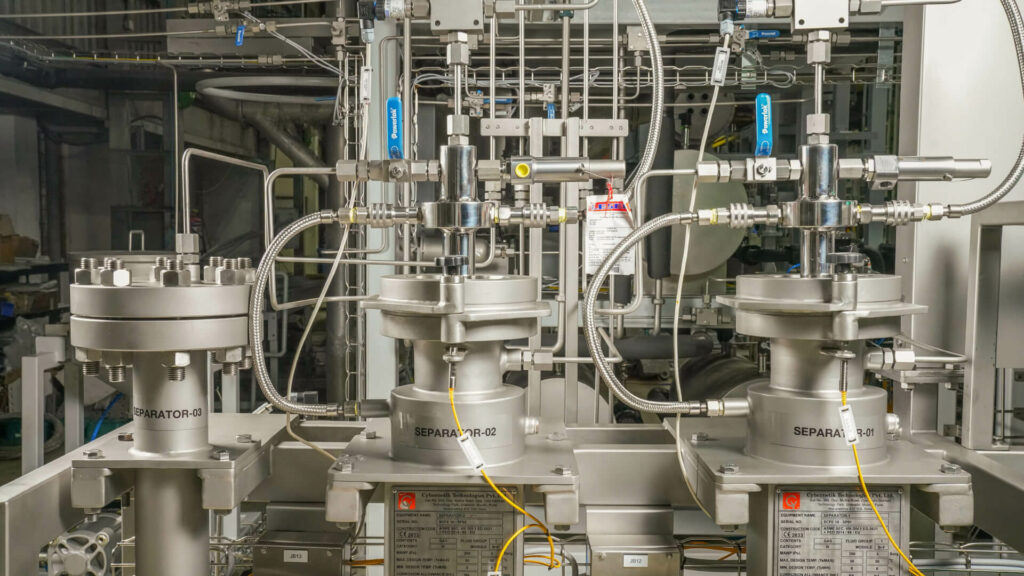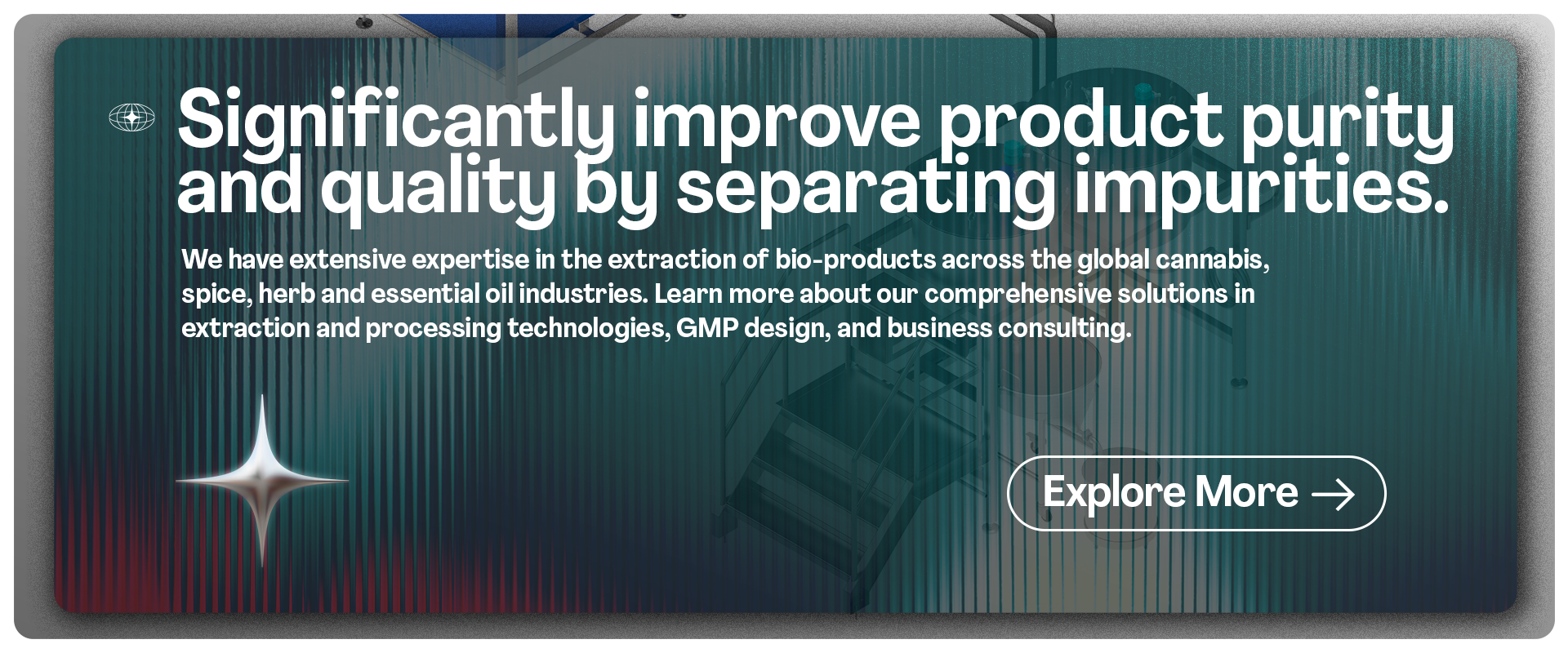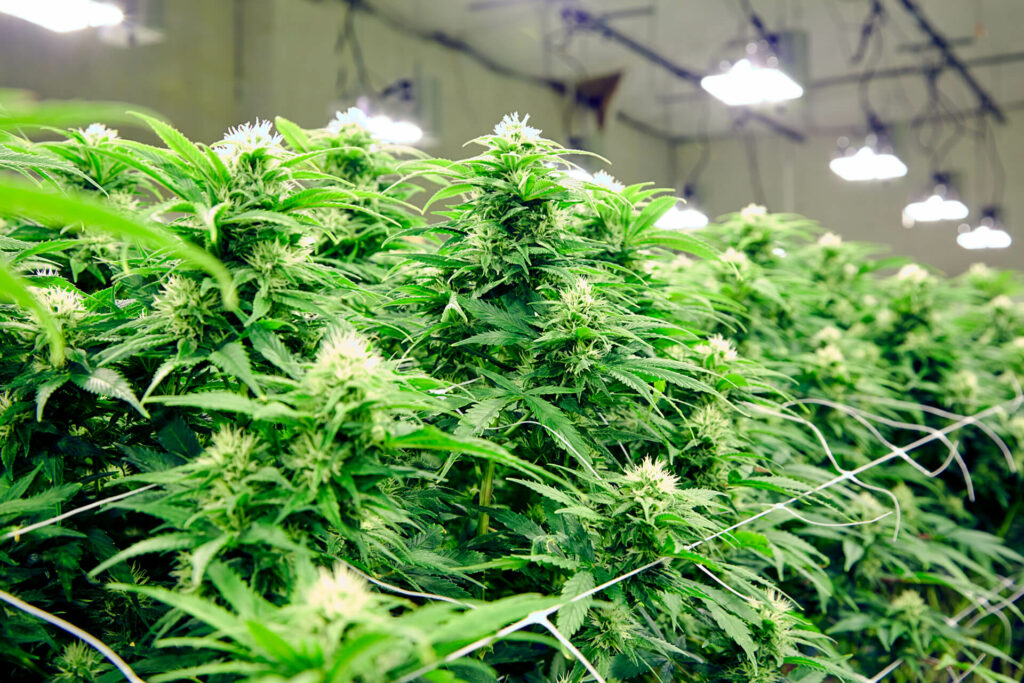In the sophisticated realm of botanical extraction as of 2025, supercritical CO₂ extraction machines face persistent hurdles in collecting resinous (sticky, high-viscosity) and low-viscosity products, such as THC-rich waxes or volatile terpenes from hemp, cannabis, hops, and botanicals. Resinous extracts often clog separators due to adhesion and premature solidification, leading to yield losses and extended maintenance. Conversely, low-viscosity products suffer from entrainment with gaseous CO₂, causing incomplete separation and purity issues that demand costly post-processing. Buffalo Extraction Systems, a leader in CO₂ extraction equipment, addresses these through innovative special separator designs in their Level 1 supercritical CO₂ extractors. These designs, integrated into a closed-loop system with dual 5L extractors, enable precise fractionation, easy collection, and high CO₂ recovery. By leveraging controlled pressures, temperatures, and proprietary features, Buffalo's solutions minimize downtime, boost yields, and ensure food-grade purity in CO₂ extraction systems, transforming challenges into operational strengths.
Buffalo's Special Separator Design: Core Features
Buffalo Extraction Systems' special separator design is a hallmark of their Level 1 CO₂ extract machines, featuring two or more separators that operate post-extraction to separate extracts from supercritical CO₂ before recycling. Unlike generic single-separator setups, Buffalo's configuration uses individually controlled pressures across stages to facilitate targeted precipitation. This multi-stage approach integrates seamlessly with CO₂ feeding and recovery systems, co-solvent pumps, and proprietary changeover valves (manual or automatic), allowing quick isolations even at full pressure.
The design's engineering emphasizes stainless steel (316L grade) construction for corrosion resistance, combined with heating jackets to maintain extract liquidity and cyclone or baffle mechanisms for enhanced flow dynamics. In closed loop CO₂ extractors, these separators receive the solvent-laden mixture via pressure regulator valves after it passes through the extractors, where supercritical CO₂ dissolves compounds from milled biomass. Buffalo's "easy collection" focus ensures that highly resinous and low-viscosity products are handled without adhesion or loss, supporting batch cycles of 30–90 minutes at flow rates of 40–80 LPH. This holistic integration not only recycles CO₂ but also aligns with GMP, ASME, and PED certifications, making it ideal for pharmaceutical and food-grade applications in supercritical fluid extraction equipment.
Solving Resinous Product Collection Challenges
Resinous products, with their high viscosity and tendency to solidify, challenge standard supercritical CO₂ extraction machines by causing clogs and uneven distribution. Buffalo Extraction Systems counters this in their special separator design by prioritizing anti-adhesion and controlled precipitation. The first separator maintains near-supercritical conditions, allowing heavy resins to precipitate selectively without rapid depressurization that leads to blockages. This staged isolation prevents overloading, as resins collect in dedicated, heated vessels that keep them fluid for smooth drainage.
Key to Buffalo's solution is the cyclone geometry in the separators, which uses centrifugal force to direct sticky resins to walls equipped with non-stick coatings (like PTFE) and sloped bottoms for effortless harvesting. In CO₂ extraction systems, this reduces cleaning time, minimizing downtime from legacy setups. Proprietary changeover valves complement this by enabling seamless flow regulation, isolating resinous outputs without venting the system. For cannabis concentrates, where resins demand high purity, Buffalo's design ensures minimal cross-contamination, boosting recovery. User deployments in 2025 report higher throughput for resin-heavy batches, as the separators' temperature-tuned jackets prevent emulsions from trace moisture, a common culprit in CO₂ extraction machines. Overall, this targeted engineering transforms resinous challenges into efficient, scalable collection in supercritical CO₂ extractors.
Integration with System-Wide Efficiency
Buffalo's separators synergize with co-solvent pumps, which adjust polarity to enhance resin solubility during extraction, ensuring even loading into separators. SCADA-enabled intuitive intelligence further refines this by monitoring real-time viscosity via sensors, auto-adjusting pressures for optimal resin drop-out. This closed-loop feedback in CO₂ extract machines not only cuts waste but also supports faster processes—one of Buffalo's core benefits—aligning with non-toxic, food-grade operations that preserve raw material integrity.
Solving Low-Viscosity Product Collection Challenges
Low-viscosity products, like terpenes or light oils, evade capture in conventional supercritical CO₂ extraction equipment through foaming, aerosol formation, and carryover with CO₂ gas, often resulting in yield shortfalls. Buffalo Extraction Systems' special separator design excels here by employing sequential fractionation and mist-elimination features. Subsequent separators operate at subcritical pressures to gently release volatiles, preventing entrainment while preserving heat-sensitive profiles.
Demisters and baffles within the design trap aerosols, condensing low-viscosity fractions for clean isolation, as the mixture flows from higher-pressure stages. Quick-drain valves and sloped collection ports in Buffalo's setup allow rapid harvesting without evaporation losses, crucial at high flow rates. In closed loop CO₂ extractors, individually controlled separator pressures—tuned via recipe-based SCADA—optimize CO₂ density gradients, directing runny extracts to dedicated vessels without mixing heavies. This addresses foaming by modulating depressurization rates, reducing post-processing needs. For hop-derived terpenes, Buffalo's system yields stable, flavorful outputs with minimal degradation, as the design's anti-hydrolysis properties maintain formulation integrity.
Precision and Adaptability Benefits
The co-solvent integration in Buffalo's CO₂ extraction systems fine-tunes solvent polarity for better low-viscosity capture, while automatic changeover valves ensure uninterrupted flow. This adaptability supports diverse botanicals, with field data showing purity gains for essential oils, making supercritical CO₂ extraction machines versatile for nutraceutical markets.
Broader System Synergies and Economic Impacts
Buffalo Extraction Systems holistically solves these challenges by embedding special separators within a robust ecosystem: Dual extractors allow continuous operation—one loading while the other feeds separators—paired with proprietary valves for high-pressure isolations. This synergy in supercritical fluid extraction equipment enables high CO₂ reusability, slashing solvent costs and aligning with sustainability goals. Economically, the design lowers CO₂ extraction machine costs over time by cutting maintenance and waste, delivering ROI through higher margins on pure isolates. Benefits like cost efficiency, faster processes, and minimal raw material damage underscore Buffalo's edge, as non-flammable CO₂ and food-grade compliance ensure safe, scalable production.
In high-volume CO₂ extractors, this integration supports 2–5 kg batches with zero cross-contamination, fostering innovation for terpene-rich or resin-dominant extracts.
Implementation Challenges and Best Practices
While Buffalo's solutions are transformative, initial calibration for biomass-specific viscosities requires expertise, and premium features add to costs. Best practices include routine cleaning with validated solvents, and leveraging SCADA for predictive tweaks. Buffalo's cGMP-certified CO₂ extraction machines mitigate adoption hurdles, with FAQs emphasizing batch-mode reliability for organic materials.
Conclusion
Buffalo Extraction Systems masterfully solves resinous and low-viscosity collection challenges in supercritical CO₂ extraction machines through special separator designs that deliver precise fractionation, anti-adhesion tech, and seamless integration. Their Level 1 CO₂ extraction equipment not only overcomes clogs and losses but elevates efficiency, purity, and sustainability, empowering operators in 2025's demanding landscape.




